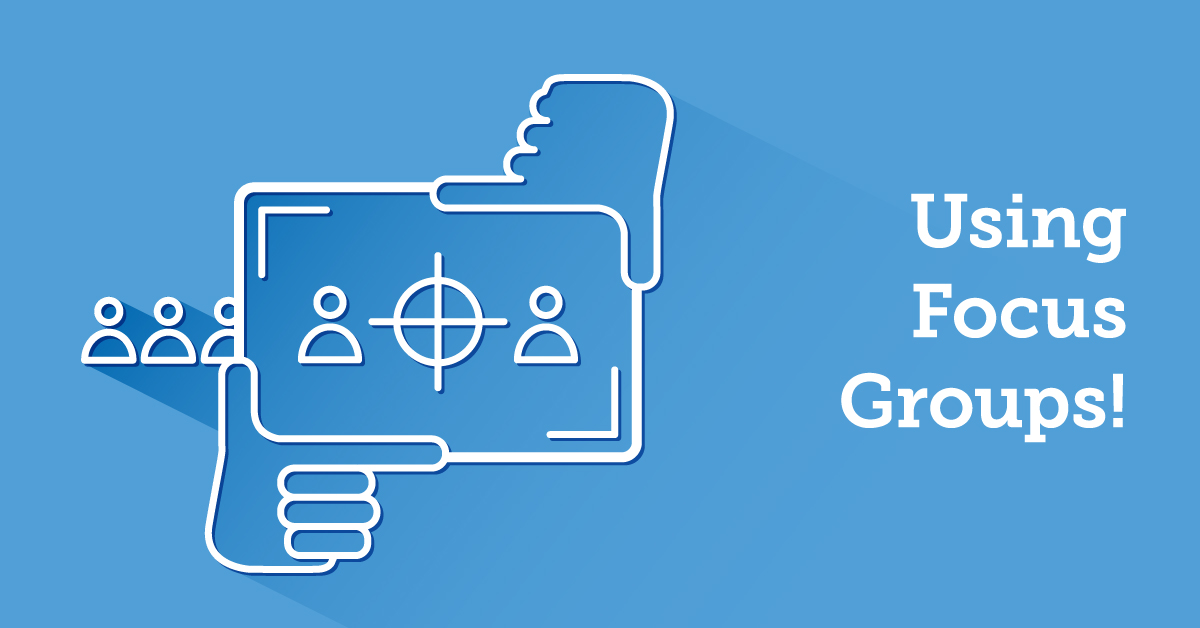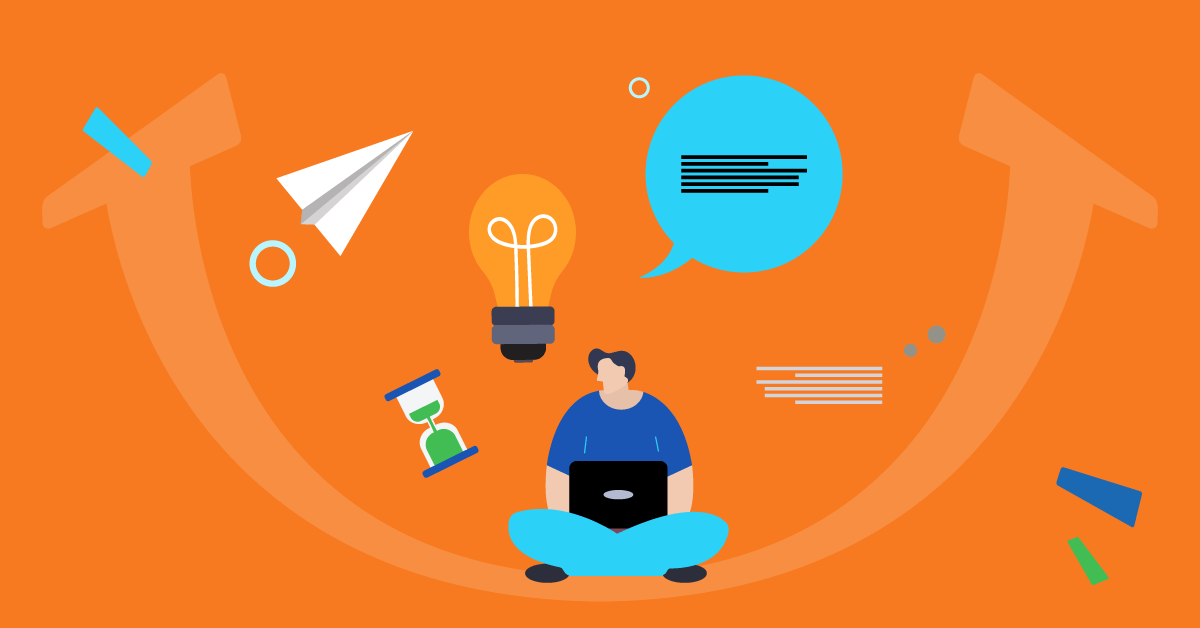Aristotle tagged people as “social animals” centuries ago. This concept still rings true in today’s digital work environments, especially as the challenges of remote work are present.
As such, the need for dynamic and effective learning models has never been more crucial.
Enter social learning.
A concept as old as communities themselves, yet continually redefined by technology and changing work cultures.
This approach, grounded in the principles of social learning theory, uses the natural human need to learn through observation, imitation, and modeling. Which makes it a powerful tool in the modern L&D toolkit.
What is social learning?
The social learning theory is one of the most popular adult learning theories that was developed by psychologist Albert Bandura and his doctorate student, Richard Walters, in the 1950s. The simplified Bandura’s social learning theory definition goes something like this: humans learn better when they learn together.
As a process, learning is facilitated when people are in groups of at least two. Bandura and Walters found that by exchanging knowledge and perspectives and mentoring one another, people can learn faster and more effectively. Plus, they tend to retain information better.
This happens because learners can observe each other’s actions and their consequences—and make decisions based on these observations.
Social learning also makes an important point about engagement: learners are not passive recipients of information. (As anyone who’s sat through a long Zoom presentation can attest.) For people to learn better, their cognition, environment, and behavior all need to influence each other mutually.

Types of social learning
Imagine a new hire observing a seasoned employee navigate a complex software tool. Or a team debriefing after a project, sharing insights and lessons learned.
These are examples of social learning in action. There, knowledge and skills aren’t transferred through formal training. But through the rich, nuanced social interactions that happen naturally in the workplace.
However, social learning can manifest itself in various forms. Yet, all types leverage the social fabric of the organization to facilitate learning and development.
Here’s a more detailed look:
1. Observational learning
Employees learn by observing their peers, leaders, or mentors while they perform tasks, solve problems, or make decisions. This enables individuals to see how behaviors and skills are applied in real-life situations, making it easier for them to understand and replicate them at work.
2. Mentoring and coaching
Experienced professionals (mentors) are paired with less experienced colleagues (mentees) to provide guidance, feedback, and support on professional development and career paths. Mentoring and coaching foster a more personalized learning and workplace experience, accelerate professional growth, and strengthen organizational relationships.
3. Communities of practice
People form groups and share concerns, problems, and ideas on a specific topic on an ongoing basis. This allows them to deepen their knowledge and expertise in this area through collaborative learning, innovation, and the sharing of best practices.
4. Informal discussions and networking
When individuals have regular casual conversations and interactions, cross-pollination of ideas across different departments is encouraged. For instance, during breaks, people have the opportunity to share knowledge in a less structured environment.
5. Social media
The use of internal social networks, forums, or collaborative platforms allows employees to share information, ask questions, and solve problems as a team. Knowledge-sharing is enabled at scale, dispersed employees are connected, and real-time collaboration and learning are supported.
6. Peer review and feedback
Having colleagues review each other’s work and provide constructive feedback is essential. This boosts the quality of work through diverse perspectives and creates a culture of trust and mutual respect.
Benefits of social learning in the workplace and L&D
Introducing social learning in the workplace brings several advantages:
Engagement and connection
Employees become more engaged and feel a stronger sense of belonging. When they learn from and with their peers, a nurturing environment with positive behaviors is created for everyone.
Knowledge transfer
The swift sharing of tacit knowledge is enabled. Priceless, elusive insights and expertise of more seasoned employees become more accessible to all.
Innovation boost
People, when exposed to various learning theories and approaches, start thinking outside the box more often. Which leads to more innovation and creative problem-solving.
Training optimization and relevance
Social learning magnifies the effectiveness of standard training. When learning is integrated into people’s day-to-day activities, it becomes a continuous, embedded process. Also, it offers a practical framework for ongoing learning that aligns with employees’ responsibilities. This results in the development of specific skills that are immediately useful and relevant.
How to apply the social learning theory in the workplace
Implementing social learning theory in the workplace means creating a culture that fosters learning through social interaction and collaboration.
Let’s look at some effective ways to achieve this:
1. Promote mentorship and coaching
Establish mentorship programs where seasoned employees can share their knowledge and expertise with newer team members. These sessions can be formal or informal, but they should encourage ongoing dialogue and knowledge transfer.
2. Leverage technology
Use platforms that support social learning. These can include social media tools, collaborative software, and LMS that allow employees to share resources, discuss ideas, and work together on projects. Regardless of their physical location.
Reap the benefits of social learning anytime, anywhere
Set up discussion boards and encourage peer interactions with TalentLMS.
The training platform that users consistently rank #1.
3. Create collaborative spaces
Design the physical and virtual workspace to encourage open communication and teamwork. This can mean open office layouts, communal areas for spontaneous meetings, and digital workspaces that support collaboration.
4. Foster a learning culture
Cultivate an organizational culture that values continuous learning. Recognize and reward sharing and collaborative efforts. Plus, make it clear that learning from one another is an expected and supported behavior.
5. Implement reflective practices
Encourage people to reflect on their experiences, successes, and failures. This can happen through debriefing sessions after projects, reflective journals, or group discussions. The goal is to make learning from experience an integral part of the workflow.
6. Support informal learning opportunities
Much of social learning is informal. And it happens outside structured programs. Support, recognize, and facilitate such opportunities through informal gatherings and discussion boards. And by allowing time and space for these activities.
Which skills can social learning theory enhance?
Skills are fundamental in the workplace, yet they are quickly evolving. Employees recognize this change, with 57% noting that the relevance of skills is diminishing faster than before.
But social learning is a swift tool to boost both soft and technical skills, which are crucial for a future-ready workforce and organizational success:
Some of the soft skills individuals develop are the following:
- Communication: People learn how to communicate effectively by observing others
- Teamwork: Employees gain insights into collaboration and conflict resolution
- Leadership: By observing leaders, individuals learn motivational and inspirational techniques
- Problem-solving: Critical thinking is boosted through collaborative challenges
Meet TalentLibrary™
A growing collection of ready-made courses that cover the soft skills
your teams need for success at work
![]()

At the same time, some technical skills people work on through social learning are:
- Knowledge application: Employees have the opportunity to observe how technical skills can be applied in the real world
- Latest techniques: People keep up with new practices through peer learning
- Skills specialization: Specific technical skills can be acquired when watching experts
Using an LMS for implementing social learning
The right LMS can make or break the social learning experience in your organization. Let’s see how:
- Discussion boards: LMS platforms provide dedicated spaces for discussions where employees engage in conversations, share experiences, or seek advice.
- Collaborative projects: Teams can work together on projects through the LMS, regardless of where they’re located.
- Peer feedback: LMS facilitates peer review and feedback mechanisms. This helps employees refine their skills and learn from the POV of their colleagues.
- Virtual communities: Such platforms allow the creation of virtual communities, making it easier for employees to connect and share knowledge.
Empowering the teams of tomorrow with social learning
Social learning theory is a great way to understand and enhance learning in the workplace.
By fostering an environment that values and facilitates learning through social interaction, it’s possible to cultivate a culture of continuous improvement and innovation. Together with boosting employee skills and knowledge that help reach organizational goals.
As we look into the future of work, such principles will play a critical role in shaping effective, engaging, and adaptable L&D strategies.
Originally published on: 05 Jan 2021 | Tags: eLearning Design,Social Learning




Hi John,
Great article. Choosing the right eLearning platform can be a pain. Click on the link below to see various LMS and what users have to say about them.
https://www.whatasoftware.com/human-resources-hr-employee-management-overview/learning-management-system-lms
My company, WhataSoftware, is looking for software reviewers and we are offering a reward for every review submitted and accepted.
Would you be willing to post a guest post on your blog to extend this opportunity to your readers? If compensation is required, we are willing to discuss the options available.
Link to review page: https://www.whatasoftware.com/reviews/invite
Hi Alex,
thanks for your comment and reaching out to me.
Let me check it and review it and I will get back to you soon.